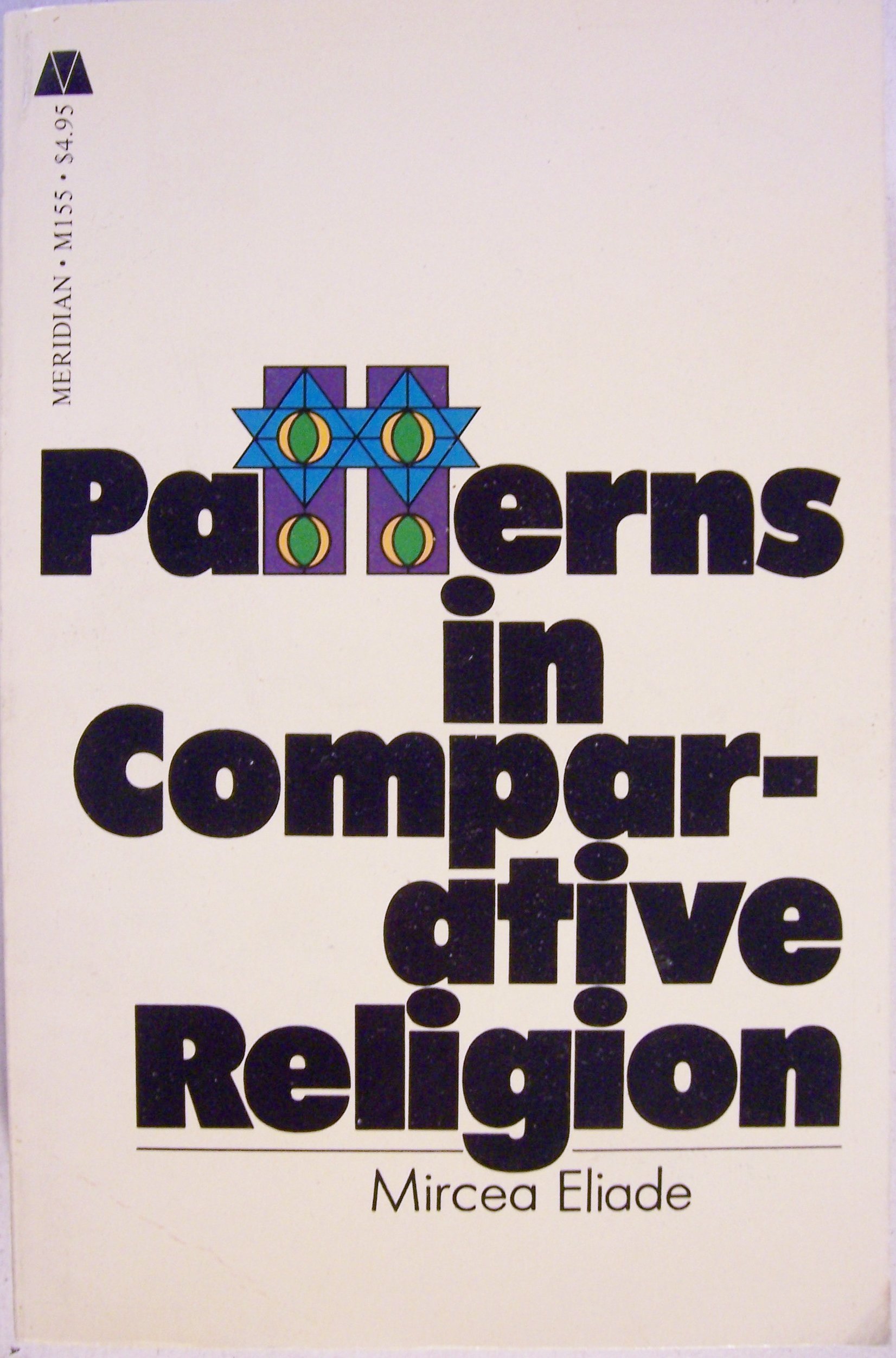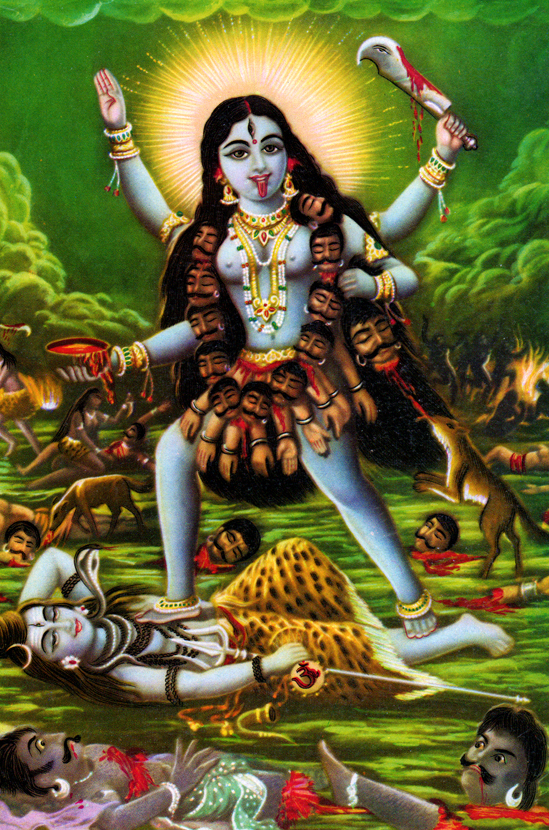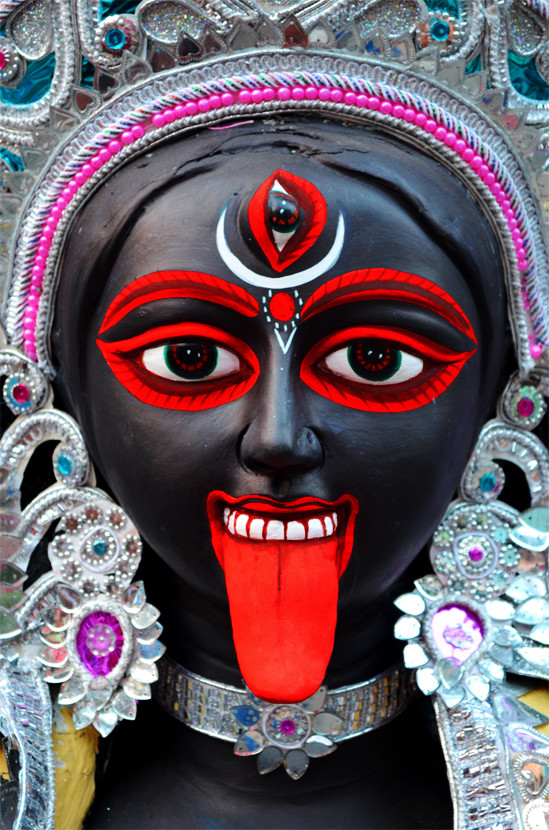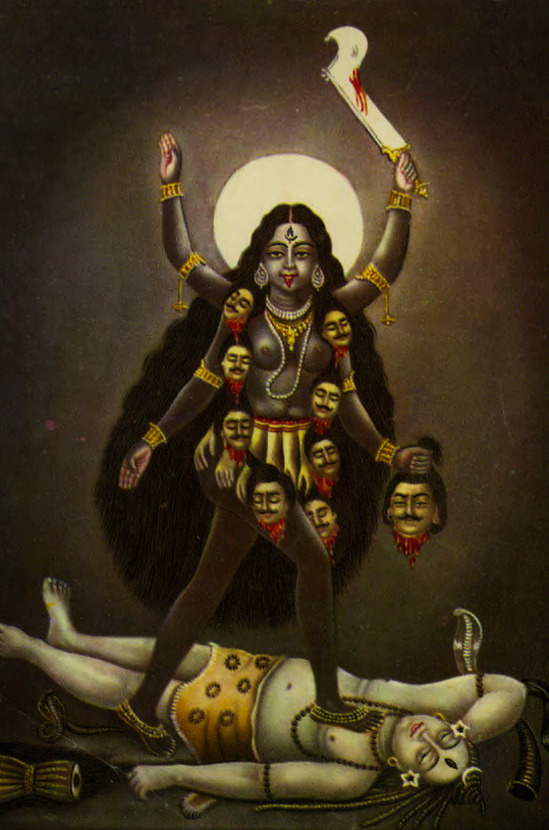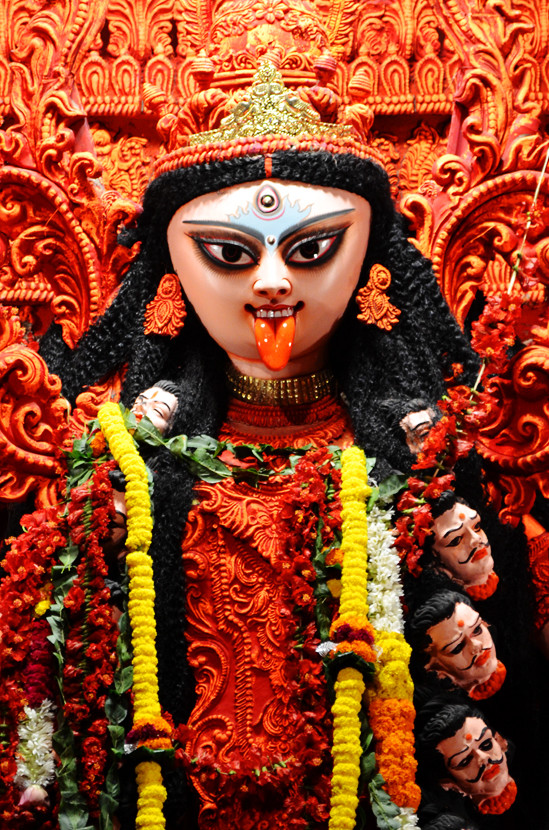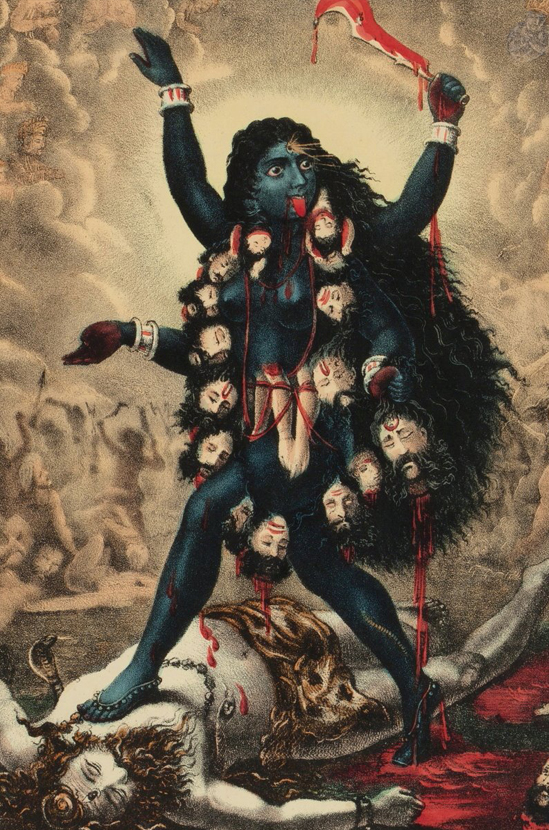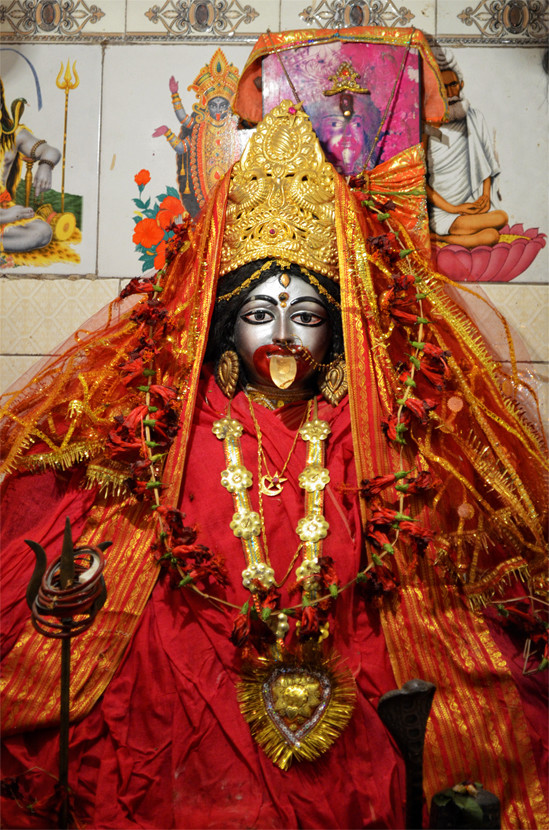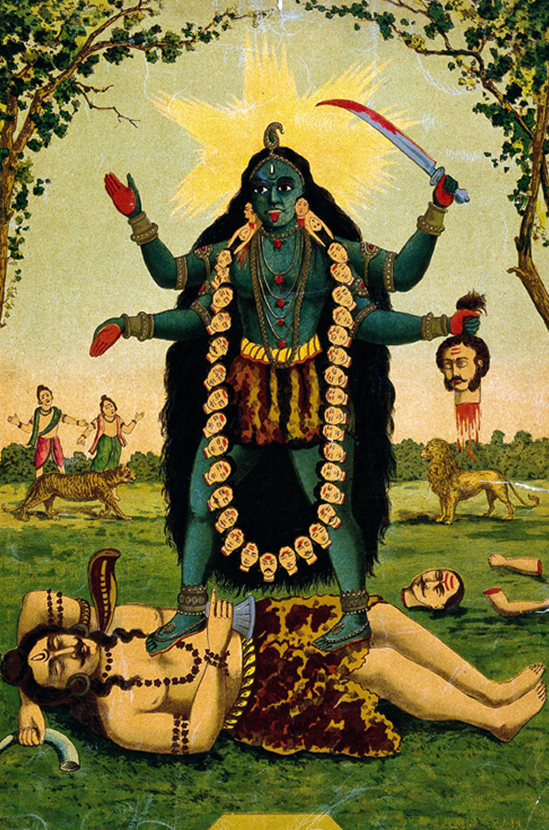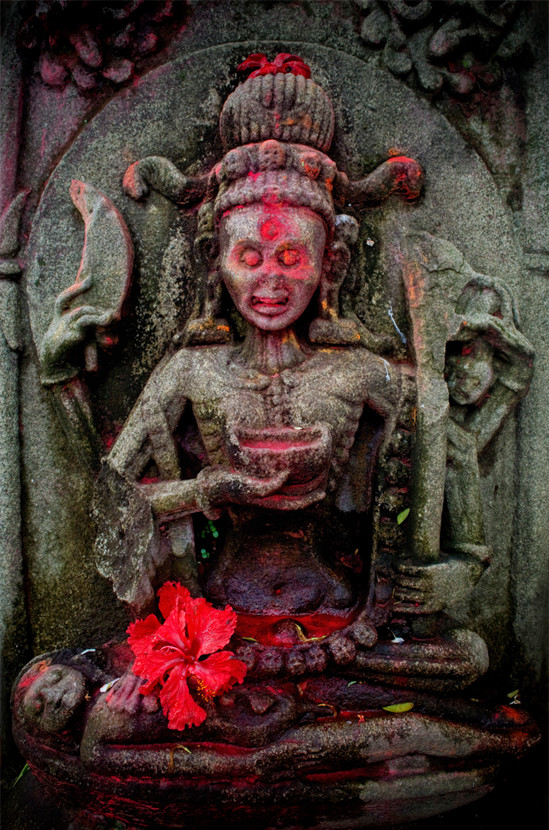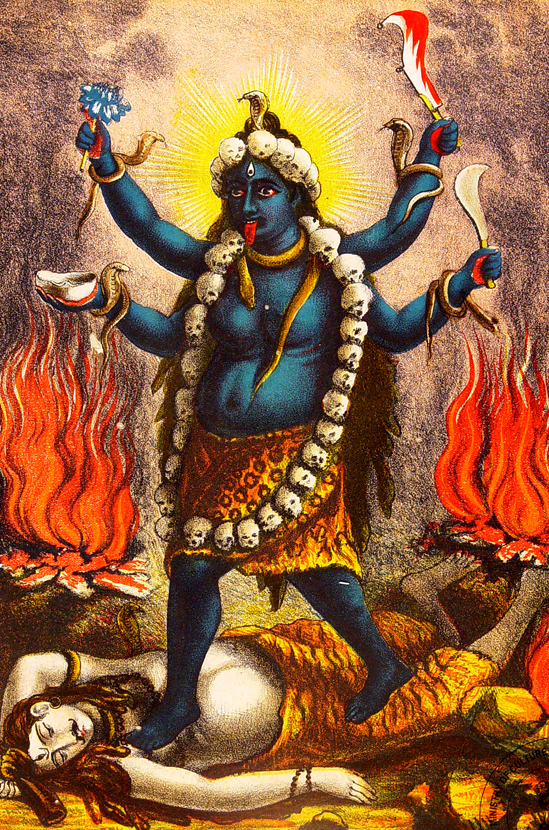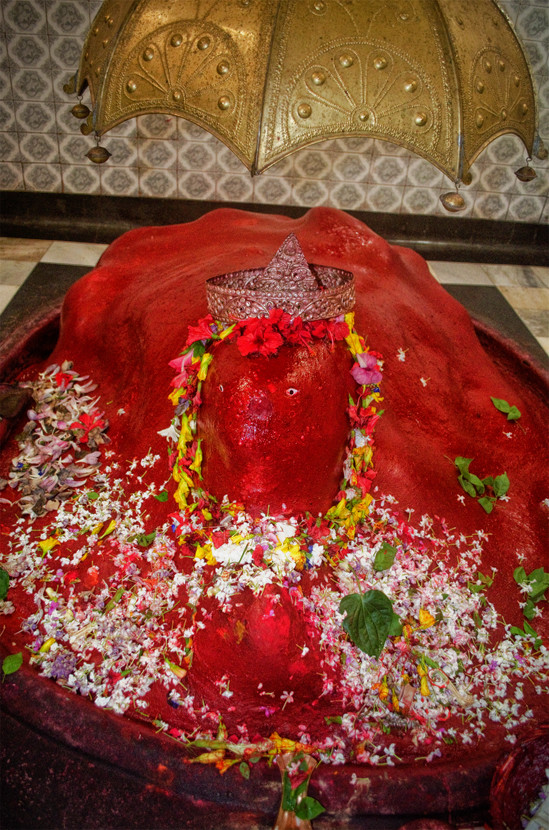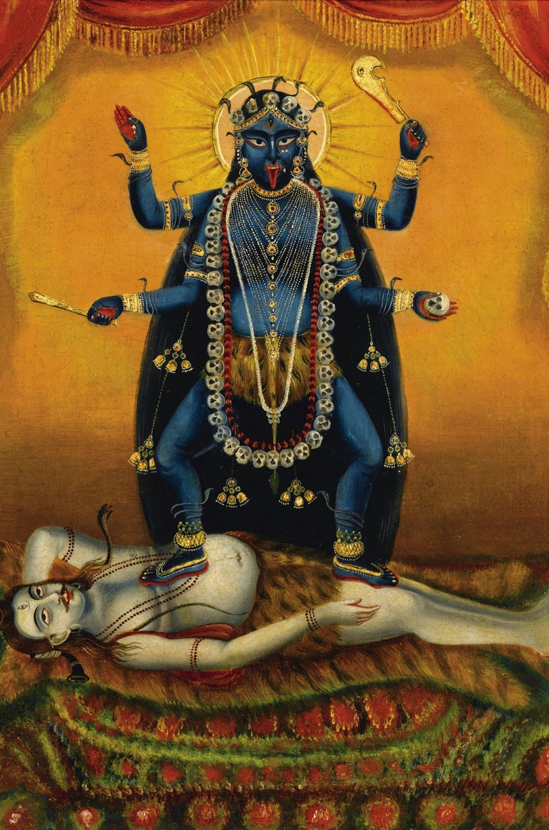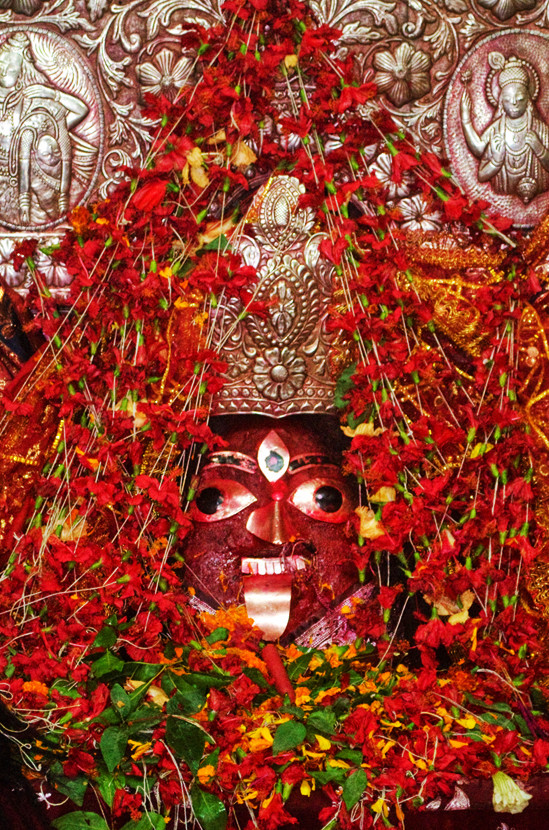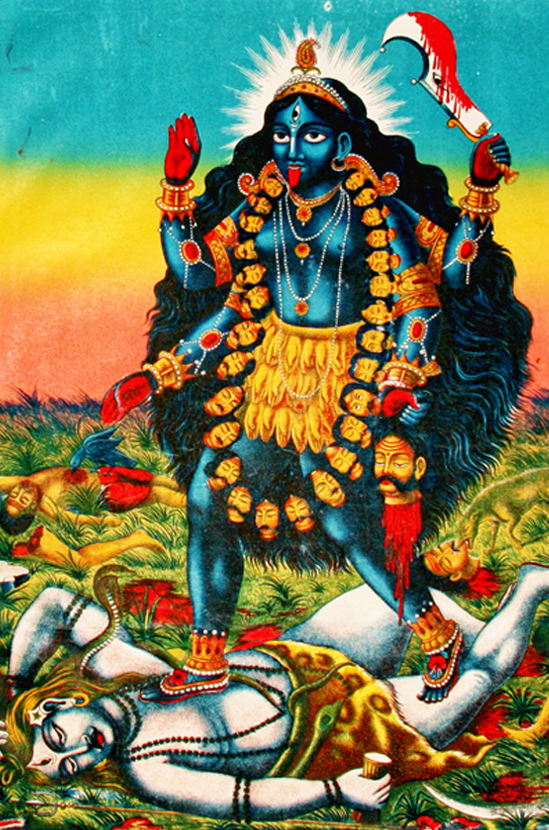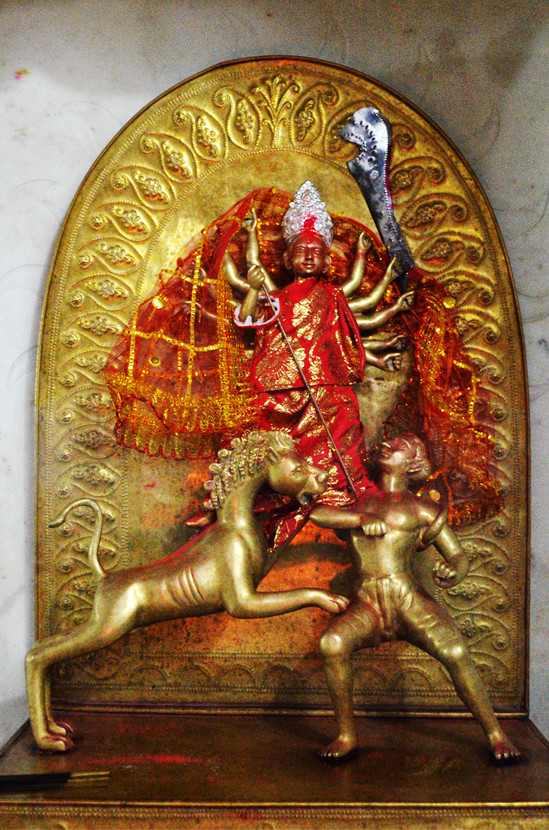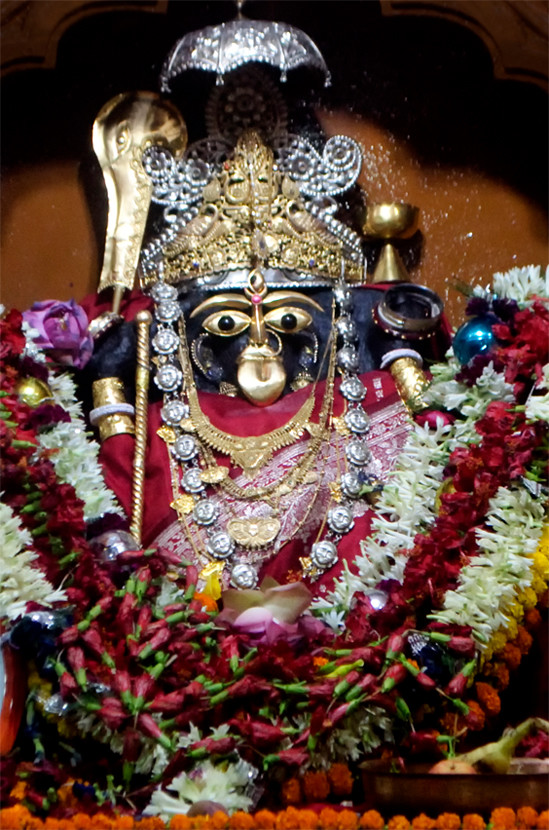Patterns in Comparative Religion by Mircea Eliade
It’s no exaggeration to say that Patterns in Comparative Religion is not only one of the most delightfully brilliant books that I have read in a long time, but an excellent introduction to the thought of one of the great scholars in the history of religious studies, Mircea Eliade.
Initially, I had wanted to plow straight through the book, but found myself unable to resist re-reading particularly striking passages, or even going over a single sentence a few times before setting the book down so that I could reflect on its nuanced layers of meaning while going about my day. An ostensibly simple line such as: “Ultimate reality with its powers to create is concentrated or expressed in a tree”1 proved extremely weighty as I’m currently casually indulging my interest in Norse mythology (with a cosmology firmly centered around the “world tree” Yggdrasil) and living in an environment2 where the worship of trees is still quite common. The sixth chapter Sacred Stones: Epiphanies, Signs, and Forms particularly resonated with me as I ended up reading it while staying at the famous center of Bengali tantrik practice, Tarapith, which I had visited specifically to worship a goddess whose adi rup, or original form (concealed beneath a cleverly constructed anthropomorphic exterior) is manifested in a sacred stone! Suffice it to say that I felt as if the book “came to me” at a most auspicious time when I could literally see and think about many of the specific themes addressed by Eliade.
The book is composed of thirteen chapters which follow a logical sequence:
I. Approximations: The Structure and Morphology of the Sacred
II. The Sky and Sky Gods
III. The Sun and Sun Worship
IV. The Moon and Its Mystique
V. The Waters and Water Symbolism
VI. Sacred Stones: Epiphanies, Signs and Forms
VII. The Earth, Woman and Fertility
VIII. Vegetation: Rites and Symbols of Regeneration
IX. Agriculture and Fertility Cults
X. Sacred Places: Temple, Palace, “Centre of the World”
XI. Sacred Time and the Myth of Eternal Renewal
XII. The Morphology and Function of Myths
XIII. The Structure of Symbols
Beginning with an exploration of the opposed concepts of “sacred” and “profane”, each of the following chapters collects and examines various hierophanies3 found throughout diverse cultures and time periods. Starting with cosmic hierophanies (sky, water, earth, stones), Eliade moves to the realm of biological hierophanies (lunar rhythm, the sun, vegetation, agriculture, sexuality etc.) then onto locally embodied hierophanies, and lastly the human realm of myths and symbols. Each chapter is not entirely self-contained, but relates to the rest of the book. While the approach of separating “modalities of the sacred” into various categories surely makes for easier reading, the underlying purpose of this clever arrangement is to reveal how these different aspects fit into a larger system and reveal universal patterns of religious thought.
Although some of the information is dated,4 as Patterns was published in 1958, the strength of the book lies not in its details, but rather the overall composition throughout which the genius of Eliade shines. As much as it is highly readable, it is also incredibly dense. Someone wishing to casually look into the subject of religious phenomenon can enjoy reading through it without strain, while students with more scholarly interest will appreciate that each of the chapters is generously annotated and comes with an extensive bibliography for further research. Thus you can read Eliade’s Patterns in Comparative Religion and immediately appreciate its innovative blend of anthropology and psychoanalytic thought colored by the author’s universal vision as well as keep the book for a handy reference.
- From the eighth chapter which goes in to detail regarding plant hierophanies.
- At the time of finishing up the book and writing this review (late January 2018), I’m merrily residing in Santiniketan, West Bengal.
- Hierophanies, manifestations of the sacred, are referred to by Eliade regularly throughout his work in preference to theophanies, manifestations of deities, which he seems to view as a more limited idea.
- Many of the tribal cultures mentioned by Eliade no longer follow their Indigenous faiths adding value to the book as a historical document.

